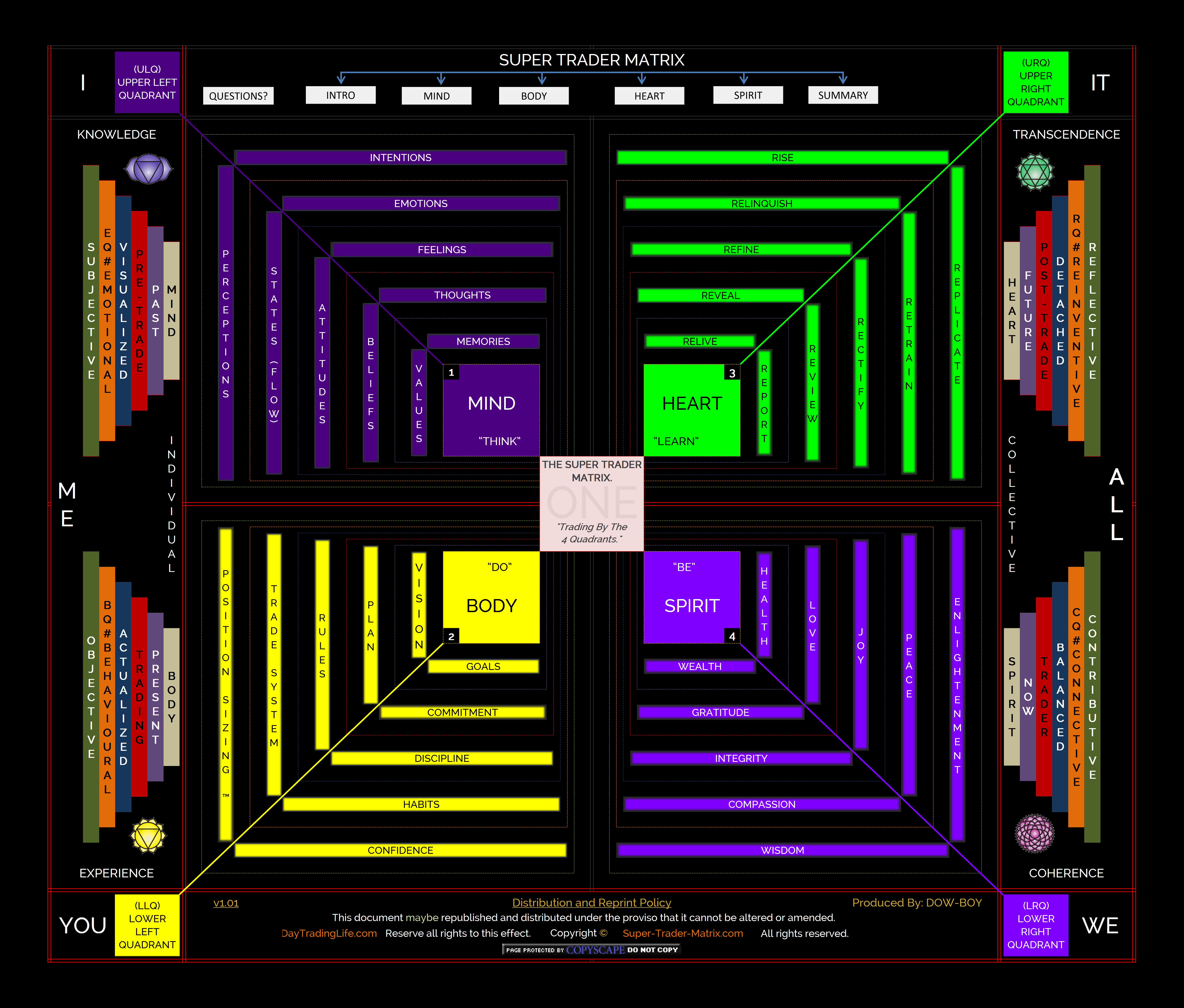[From Bruce Abbott (2015.11.18.1940 EST)]
···
From: Warren Mansell [mailto:wmansell@gmail.com]
Sent: Wednesday, November 18, 2015 1:04 AM
To: csgnet@lists.illinois.edu
Subject: Re: Wanting, Liking; Drive, Desire etc
Hi folks,
I think we all agree that these experiences of pleasure and pain are going to function within a control system, e.g. to control for a zero reference level of pain, as per Rick’s first post.
I think there are two things missing that relate to one another and to Vyv’s question.
-
If these variables are intrinsic (as they seem to drive learning and not need to be learned; fits with all the experimental results), why are they experienced (as qualia) so vividly?
-
how are all of these (and other) intrinsic perceptions related and organised in relation to one another? Bill said a lot about how tj perceptual hierarchy might be organised but very little about how the intrinsic control systems are (innately? anatomically) organised.
Maybe the first question answers the second if we continue with Bill’s view that awareness relates closely to the locus of reorganisation - these feelings might be experienced in order to help rank and prioritise their influence on learning. So for example intensely pleasant emotions drive a sudden peak of reorganisation to converge quickly on a successful organisation of control systems to get that pleasurable experience again.
Comments welcome!
Warren
When Bill began to develop Hierarchical Perceptual Control Theory (HPCT), one of his goals was to envision a hierarchy of control systems that would essentially create itself without any need for detailed genetic specifications. The model for this process came from Ross Ashby’s “homeostat,” a mechanism capable of self-reorganization that would re-establish control over its variables even after its feedback had been reversed from negative to positive. Ashby suggested that something like the homeostat might exist in living systems, beginning with a set of “essential variables.” Bill borrowed this idea for HPCT, renaming “essential variables” to “intrinsic variables” and coining the term “reorganization” to label the undirected process through which control systems would become organized, level by level, beginning with a genetically specified first-level set of controllers. It’s an elegant solution to the problem of how the control hierarchy would emerge during development and how individual systems might continue to be modified as needed when they failed to adequately control.
The entire hierarchy is assumed to exist as the means to maintain adequate control over those intrinsic variables. But this assumption leads to a problem that Bill recognized but was never able to satisfactorily solve. Reorganization, according to the theory, should come into play whenever control over intrinsic variables deteriorates, but because reorganization is envisioned to be an essentially random process, it contains no mechanism to target the specific control systems within the control hierarchy that are causing the problem. Thus we are stuck with the possibility that the wrong parts of the hierarchy will get altered during the reorganization process. For example, with the organism starving because the means used to obtain food for the nutrient control system no longer works, the reorganizing system might randomly change connections within the control systems for keeping one’s balance, thereby worsening control over balance instead of restoring control over food intake.
Bill recognized that there must be a far more targeted method that would make changes specifically within those control systems in which control had been deteriorating. Reorganization would be limited to those systems whose own error signals are persistently high. But this suggestion violates the presumption that reorganization is driven by error in the intrinsic variables.
Nevertheless, if one assumes that reorganization can be targeted, then this raises another problem. How does the reorganizing system “know” what specific systems in the hierarchy are experiencing persistent error, and target only those for reorganization? So far as I am aware, Bill was only able to suggest that conscious attention somehow “directs” reorganization to the appropriate places. This may hint at a possible solution, but it is only a hint. The problem remains unresolved.
During his lifetime Bill constantly reminded us that PCT is a work in progress and strongly encouraged those interested in the theory to subject it to rigorous testing and, if the results demand it, modification in the light of the evidence. The nature of the reorganization process is one of those areas in need of further development.
My own view, for what it’s worth, is that intrinsic or essential variables are not the drivers of the reorganization process. I believe that Bill greatly underestimated the power of the genetically-driven developmental process to innately organize control systems. The organization of brains is just too similar from individual to individual within a species and from species to species to be the product of a random reorganization process. We come into the world already possessing a myriad of control systems, including those that control those physiological variables whose values must be kept within narrow limits if we are to survive. It is more likely, to my mind, that reorganization is involved in the tuning of pre-organized systems such as those operating the skeletal musculature, and in the development of new control systems acting through those preexisting systems. There may in fact be different methods of reorganization for pre-organized systems and those that are learned. In either case I would imagine that reorganization only works on the components of the system whose controlled perception is not being well controlled, based on persistent error in those specific systems.
Comments welcome.
Bruce A.
